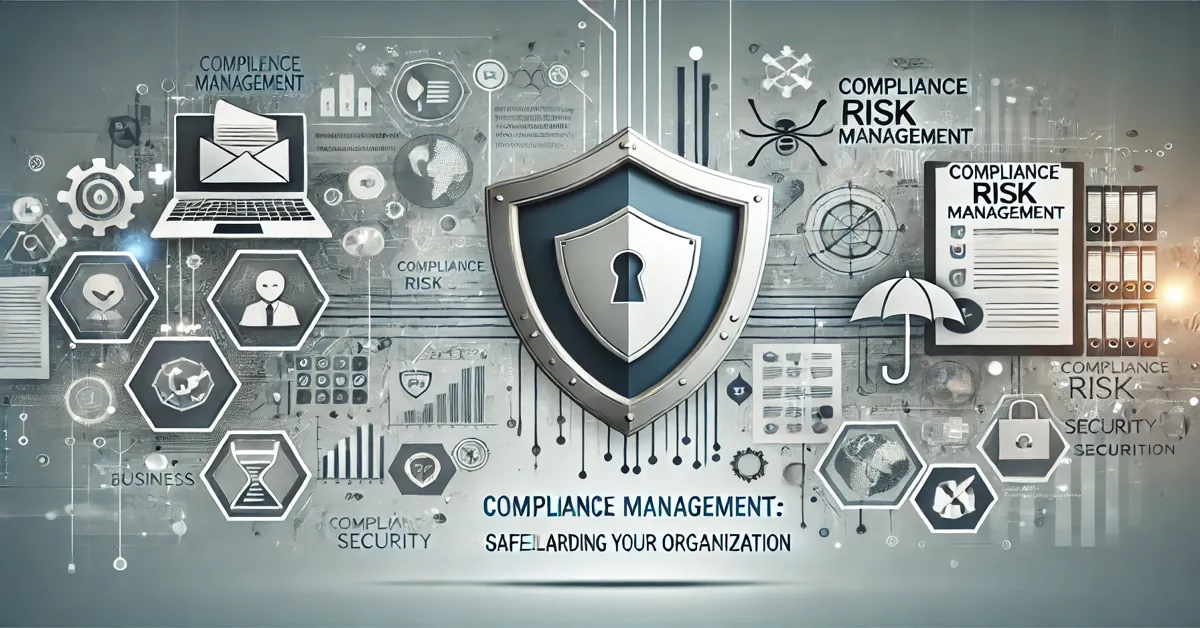What is Compliance Risk Management?
Understanding the nuances of compliance risk management is paramount for organizational success in an increasingly complex global business landscape. This practice involves systematically identifying, assessing, and mitigating risks associated with violations of laws and regulations applicable to an organization. Compliance risk management helps avoid hefty penalties and fines and reinforces an organization’s reputation for integrity and accountability. Proactively adopting these practices ensures businesses can confidently navigate legal complexities and maintain operational stability.
Why Compliance Matters in the Corporate World
Compliance is not optional in today’s corporate realm; it is an essential component of responsible business practice. Failing to comply with regulations can be devastating, both financially and reputationally. Recent years have showcased numerous instances where companies faced severe repercussions for neglecting regulatory mandates, ranging from financial penalties to heightened scrutiny from regulatory bodies and stakeholders. These repercussions emphasize the critical need for robust compliance protocols. As highlighted in discussions on process risk management, businesses must cultivate a culture that prioritizes both legal and ethical standards. This dual focus ensures adherence to laws and builds trust with investors, customers, and the public.
Common Pitfalls and How to Avoid Them
Despite its significance, many organizations need more planning and oversight to avoid compliance risks. A frequent issue is underestimating the resources required to maintain compliance frameworks, leading to outdated policies and reactive measures. Such missteps can result from a lack of communication between departments, where isolated pockets of compliance oversight fail to integrate across the entire organization. Companies should adopt a holistic, proactive approach to sidestep these pitfalls effectively. This involves regularly reviewing and updating compliance protocols to align with regulatory changes. This undertaking requires both cross-departmental collaboration and the strategic deployment of compliance technologies.
A Proactive Compliance Strategy
Crafting a proactive compliance strategy is fundamental to preempting potential issues. This begins with embedding compliance checks into the organization’s everyday operations. Utilizing advanced compliance management systems is crucial, as these platforms can provide real-time alerts on any changes in regulatory landscapes, ensuring the leadership and frontline managers are well-informed and prepared to act. Moreover, developing a responsive internal communication strategy allows organizations to disseminate pertinent compliance updates swiftly and effectively, minimizing the risk of non-compliance through enhanced awareness.
Real-Life Examples of Compliance Failures
Historical missteps in compliance offer valuable lessons on the importance of robust risk management. The 2008 financial crisis is a landmark example of widespread non-compliance with financial regulations, leading to significant economic disruptions. Large financial institutions suffered massive losses and a tarnished reputation due to their failure to comply with standards. Such real-life scenarios underscore the significance of compliance risk management as a pivotal tool for shielding an organization from financial and legal repercussions and protecting entire industries from systemic risk.
Best Practices for Implementing Compliance Risk Management
Implementing effective compliance risk management requires concerted effort and precise strategic planning. One key aspect is clear communication, where policies are devised, effectively disseminated, and understood across all organizational levels. A culture rooted in accountability encourages employees to take ownership of compliance responsibilities. Leveraging technology can significantly aid these efforts, with specialized software offering analytical insights and fostering transparency. Regular training sessions reinforce employees’ awareness and commitment to compliance, and external audits provide unbiased evaluations of a company’s compliance standing.
Creating a Culture of Compliance
Fostering a culture of compliance is critical for a sustainable approach to risk management. This involves embedding compliance into the very ethos of the organization, where systems of accountability and reward complement regular updates and training sessions. Celebrating adherence and innovation in compliance can motivate teams to uphold high standards, ensuring compliance becomes second nature to everyday operations. Independent compliance audits can provide valuable, unbiased feedback, helping organizations continually refine their approaches and maintain vigilance.
Resources and Tools for Enhancing Compliance
As regulatory environments intensify, incorporating resources and tools to bolster compliance strategies is increasingly necessary. Organizations can leverage digital platforms that streamline compliance workflows, offering real-time dashboards and compliance documentation that can be easily accessed across departments. These tools can be pivotal in conducting thorough and timely audits, ensuring compliance remains an ongoing priority rather than a sporadic concern. This technological empowerment allows businesses to remain agile, adapt swiftly to regulatory developments, and comprehensively understand their compliance landscape.
Future Trends in Compliance Risk Management
Technological advancements are set to transform the future of compliance risk management. Artificial intelligence and blockchain technologies promise to enhance the transparency and efficiency of compliance processes. AI can be leveraged to predict regulatory shifts and streamline compliance checks, while blockchain offers new horizons in ensuring transparent, tamper-proof recording of compliance-related transactions. These innovations could revolutionize how businesses approach compliance, making it imperative for organizations to stay informed about these trends and integrate them strategically into their practices.
The Role of Leadership in Compliance
Effective leadership is indispensable in embedding a culture of compliance within any organization. Beyond allocating resources, leaders must actively endorse and participate in compliance initiatives, demonstrating a commitment that resonates across departments and organizational levels. This visible dedication fosters an environment where adherence to compliance protocols is valued and prioritized. Leaders who embody and champion compliance cultivate resilient organizations. By embedding compliance into the fabric of the company culture, leaders safeguard their organizations against potential risks and foster a workplace adaptable to rapid regulatory changes.








